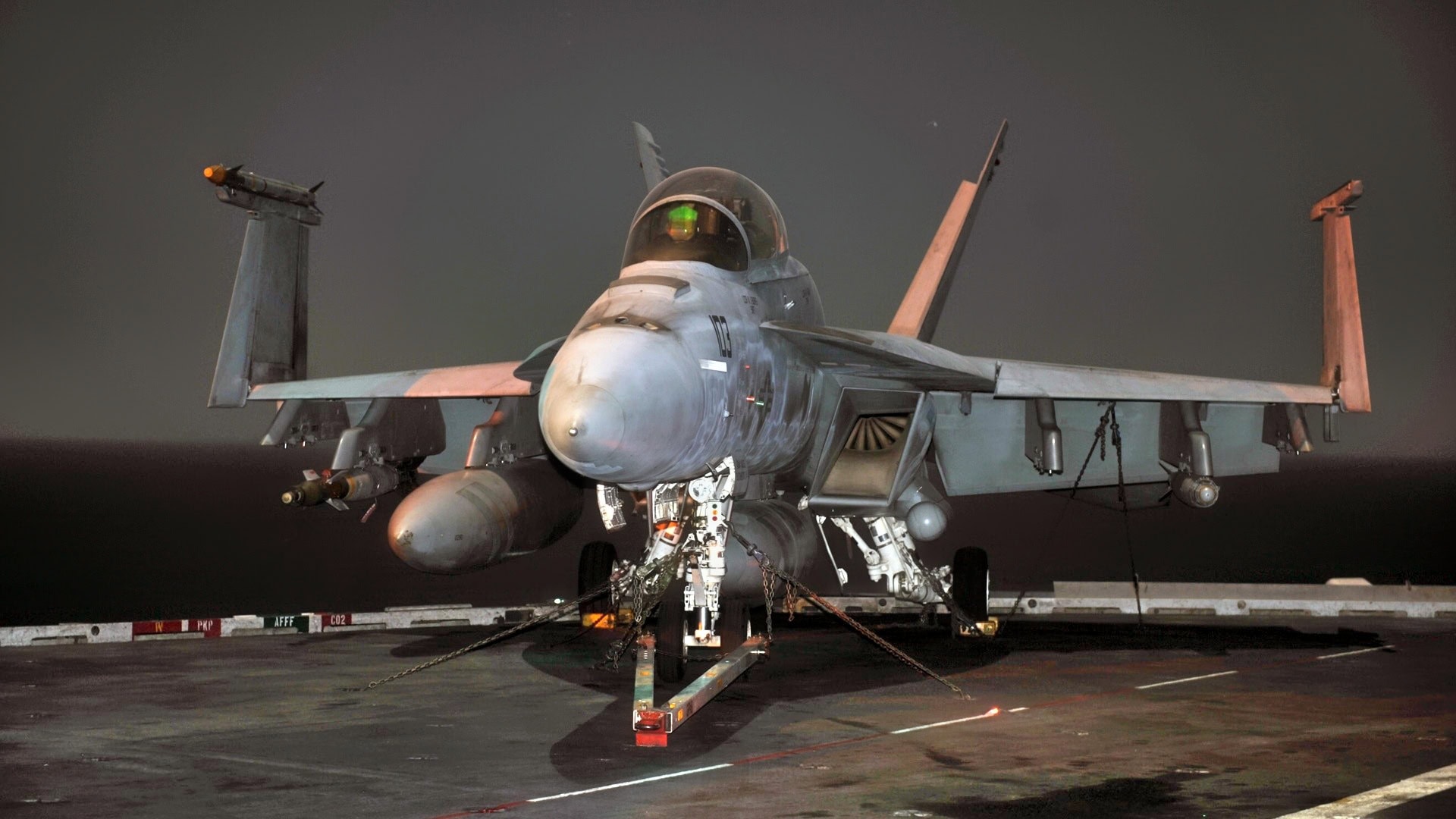The Quicksink bomb is an innovative weapon developed by the United States Air Force Research Laboratory (AFRL) as part of a Joint Capability Technology Demonstration (JCTD).
This bomb is designed to provide a low-cost, air-delivered capability to defeat surface vessels, effectively mimicking the destructive power of a torpedo but delivered from the air.
What is Quicksink?
The Quicksink bomb is essentially a modified Joint Direct Attack Munition (JDAM), specifically the GBU-31, which is a 2,000-pound class precision-guided bomb. The key innovation lies in the integration of a Weapon Open Systems Architecture (WOSA) seeker, which includes radar and infrared imaging capabilities. This seeker allows the bomb to target and engage both stationary and moving maritime targets precisely.
The development of Quicksink aims to address the need for a rapid, cost-effective method to neutralize maritime threats over vast areas. Traditional torpedoes, such as the heavyweight MK-48, are effective but pose significant limitations, including high costs and the risk of revealing the launch platform’s location. Quicksink offers a solution by enabling air-launched weapons to achieve similar lethality without these drawbacks.
Why The US Military Wants Quicksink
The Quicksink bomb can be deployed from various aircraft, including the F-15E Strike Eagle and the B-2 Spirit stealth bomber. Its versatility and low cost make it an attractive option for the US military, particularly in scenarios where rapid response and wide-area coverage are crucial.
The primary use of Quicksink is in anti-ship warfare. By equipping aircraft with these bombs, the military can engage enemy vessels from a safe distance, reducing the risk to submarines and surface ships. This capability is particularly valuable in contested environments where traditional naval assets might be vulnerable.
Quicksink can also be used to enhance maritime security by targeting and neutralizing hostile or suspicious vessels. This use includes combating piracy, smuggling, and other illicit activities at sea. The bomb’s precision targeting capabilities ensure minimal collateral damage, making it suitable for operations in congested maritime regions. Integrating Quicksink into joint operations with allied forces can significantly enhance collective maritime capabilities. During exercises like RIMPAC (Rim of the Pacific), Quicksink has been demonstrated to improve interoperability and effectiveness in live-fire scenarios against moving vessels.
Quicksink Should Scare China
The introduction of the Quicksink bomb has significant strategic implications, particularly concerning China’s maritime ambitions. China’s naval strategy heavily relies on a vast fleet of military and civilian vessels, often called the “maritime militia.” These vessels are used to assert territorial claims, conduct surveillance, and support military operations in the South China Sea and beyond.
The US Military has an impressive arsenal of anti-ship weapons, including the Long-range Anti-Ship Missile (LRASM) and the Joint Strike Missile (JSM). Still, both are high-cost munitions and are available in limited numbers. Quicksink is a low-cost alternative that can be used against both low and high-value targets. The heavy abundance of JDAMs means that the US has a potentially ample supply of bombs to convert to the new standard. Because of its simple nature, the bomb can be dropped from any military aircraft, not just specialized bombers.
This is a significant concern for China’s maritime militia, which enjoyed a level of protection due to the US’s lack of the tools to deal with it. With Quicksink, the US has the tools to sink large numbers of ships at relatively low cost.
Quicksink is another tool in the US’s arsenal, but for China’s “grey zone fleet,” Quicksink is an existential threat.
The deployment of Quicksink enhances the US military’s deterrence capabilities. The ability to quickly and effectively neutralize Chinese vessels, including those in the maritime militia, could deter aggressive actions and reduce the likelihood of confrontations at sea. Quicksink provides the US and its allies with greater operational flexibility.
The bomb’s low cost and ease of integration mean it can be rapidly deployed in response to emerging threats, allowing for a more dynamic and adaptable approach to maritime security.
The introduction of Quicksink could shift the strategic balance in the Indo-Pacific region. Enhancing the US military’s ability to counter China’s naval capabilities may encourage China to reconsider its maritime strategies and potentially seek more diplomatic solutions to regional disputes.
The development and deployment of Quicksink underscore the technological edge of the US military. This advancement enhances current capabilities and sets a precedent for future innovations in precision-guided munitions and maritime warfare.
While China still has a lot of leeway in the Solomon Islands, and its fleet can still operate in the gray zones, Quicksink is a serious threat that China should be wary of.
The Quicksink bomb represents a significant advancement in maritime warfare technology. Its ability to deliver torpedo-like lethality from the air and its low cost and precision targeting make it a valuable asset for the US military.
The strategic implications for China are profound, potentially altering the dynamics of maritime security and deterrence in the Indo-Pacific region. As the US continues to innovate and enhance its military capabilities, the Quicksink bomb stands out as a key component in maintaining a technological and strategic edge over potential adversaries.
About the Author: Isaac Seitz
Isaac Seitz, a 19FortyFive Defense Columnist, graduated from Patrick Henry College’s Strategic Intelligence and National Security program. He has also studied Russian at Middlebury Language Schools and has worked as an intelligence Analyst in the private sector.

